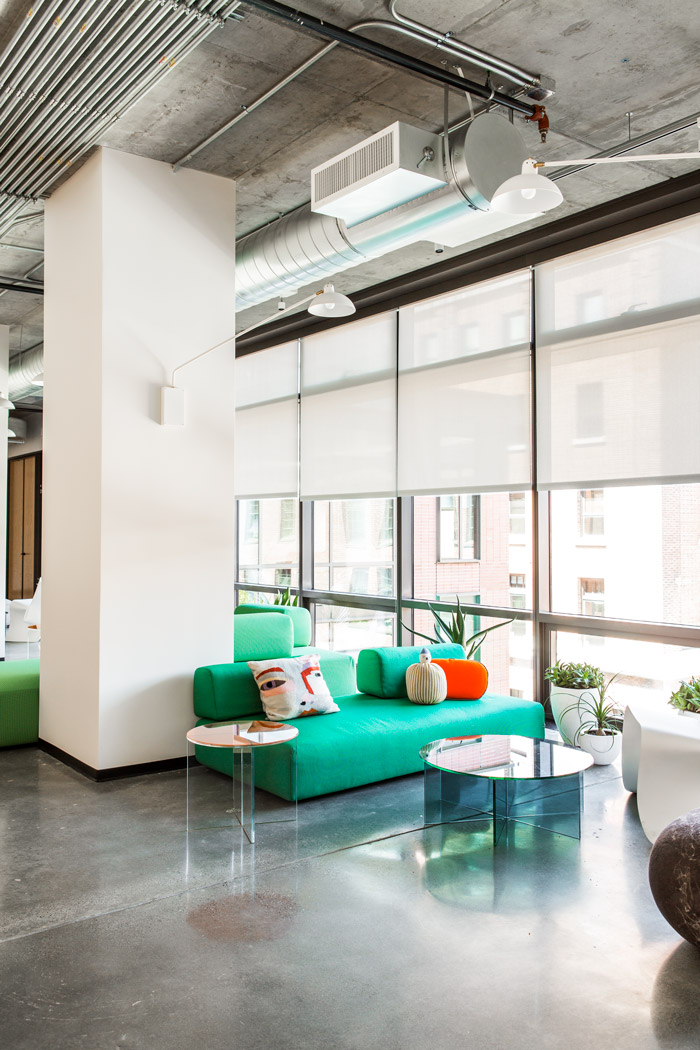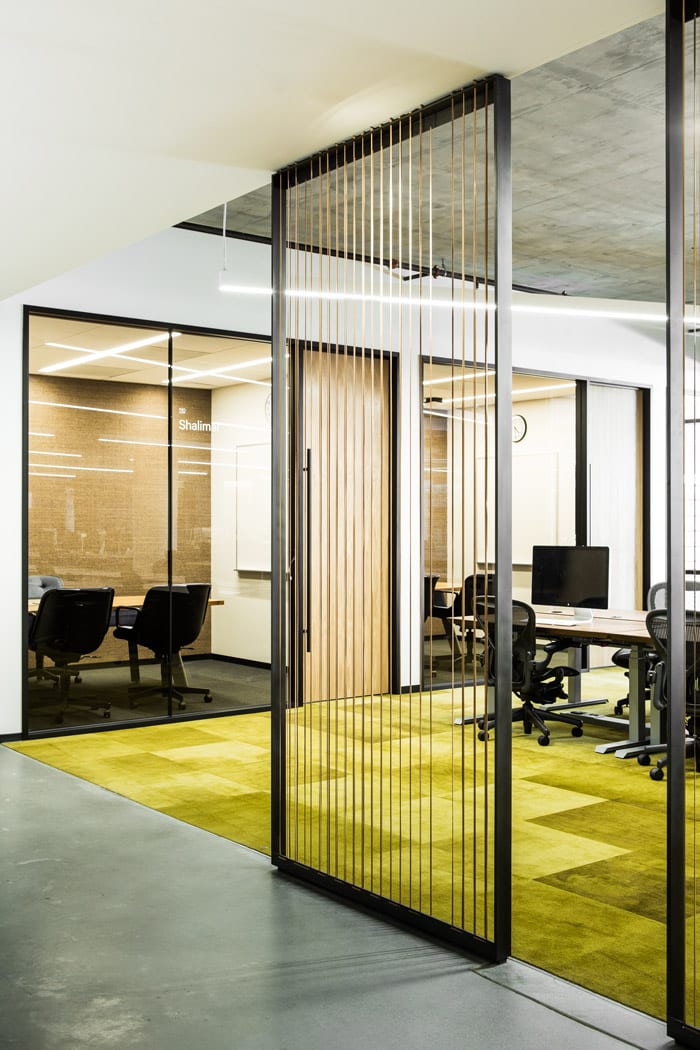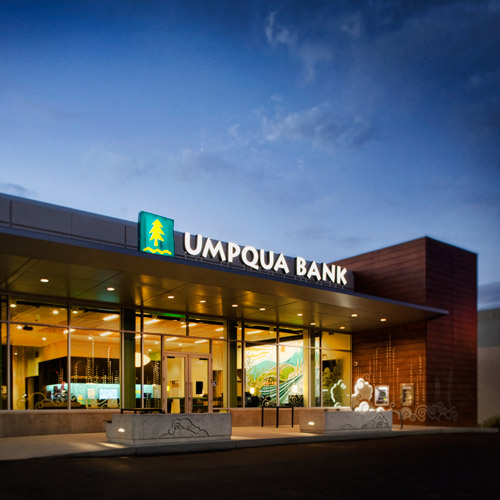How do you find office space in the heart of San Francisco’s South of Market district and turn it into the type of workplace that attracts in-demand tech talent, increases productivity, and allows for a rapidly expanding workforce, while staying within budget?
Ask Erik Selvig, global head of facilities for Dropbox, a leading provider of file-sharing and collaboration services. Selvig recently checked off each of these boxes as he completed the company’s move to its new headquarters in the sought-after area.
“San Francisco is an aggressive market,” he says. “We had to find the right space and be able to move on it quickly. We took on what seemed like a massive amount of space at the time, but with our rapidly expanding workforce, by the time we got the space fully designed, we were worried that we would outgrow the building before we could even get it completed.”
In an effort to be as efficient as possible with space and to ensure that Dropbox would have room for its growing workforce, the company’s design team made the decision to reduce personal desk size just before construction started. This allowed the company to add density without reducing common space and amenities.
“We want people to get away from their desks and collaborate,” Selvig says. “What we’re trying to do is create an environment that makes people happy to be in the office, but also drives productivity.”
Dropbox’s team of architects and planners intentionally included just one restaurant in an office that serves hundreds of plates per meal. That way, Selvig says, everybody bumps into each other.
“The chance meetings and encounters that happen by creating more common spaces can actually lead to more productivity and product innovation,” he says.
To that end, there is also a library, gym, and other common areas that are equipped with Wi-Fi.
Creating common, collaborative spaces isn’t just important for staff productivity, but it’s also an important recruitment tool in San Francisco’s competitive technology sector, where hiring good talent is a constant challenge.
“We need to give our employees compelling spaces that delight the eye and the user, but are also functional and managed efficiently,” Selvig says.
In his many years managing facilities for different start-up companies, Selvig learned that both function and affordability need to come before amenities and “wow” factor—no matter how fierce the competition for talent might be.
“In San Francisco, real estate is incredibly expensive,” he explains. “In a tech environment, you need to make sure the amenity mix you have makes sense for the business. If you have a conference center that ends up just being used once a week and you are busting at the seams, is that a good use of space?
“It is not enough to have amazing spaces—you have to also ensure you are providing value for the money committed to real estate. I am very aware that every dollar I spend is one less dollar we can invest in the business. With that in mind, I must ensure that the space can grow and adapt to employees’ needs—so I’m always open to convert any underused space into a more efficient use.”
Dropbox also had efficiency in mind when the team chose a building that offered cutting-edge sustainability technology. The new headquarters is actually two separate buildings that were designed to function as one during the build-out. Both buildings were built to LEED standards and incorporate features such as collecting rainwater for toilet flushing, green roofs, super-efficient HVAC systems, and LED lighting.
“Although sustainable building was not a driving factor in our build-out this time around, we were lucky to have such great base buildings as a foundation,” Selvig says. “Smart developers are adding these features in from the start, making it easier for tenants to build sustainably without huge investments.”
His past experiences continue to inform his career in multiple ways.
“I look at victories I’ve had and mistakes I’ve made, and find ways to use that to inform future projects,” he says. “Probably the most important lesson I have learned from working with design and construction teams is that you need a lot of voices to ensure you create a space that works for everyone.”
In order to make sure the design fits the employees, the local Dropbox office manager is heavily involved in planning the building facilities and design for any office construction project.
“The office manager has a lot of input into this project, so the space works for the people that will be working in it,” Selvig says. “Although there are certain themes that run through our corporate design philosophy, the team on the ground is in the best position to reflect their local culture and design an office that suits their needs.”
Selvig’s management style puts a lot of trust into his employees and contractors, and he says he’s lucky to work for a company that has an extensive recruiting and interview process. He believes it’s helpful to ensure that all employees are self-motivated and good at what they do.
“At Dropbox, we hire the best and the brightest, so I can give them direction and then leave them to execute,” he says. “Giving people self-determination and control goes a long way. It’s been a very successful strategy for me.”





